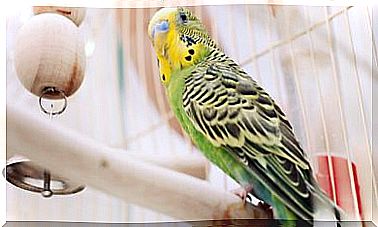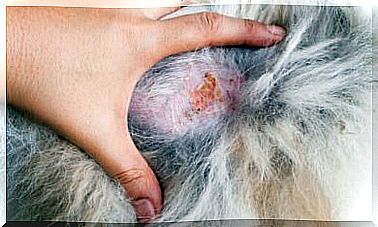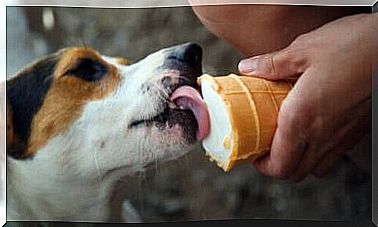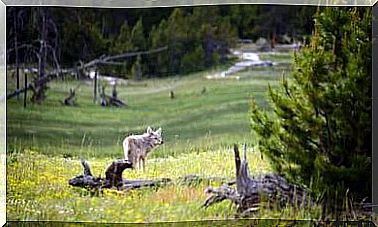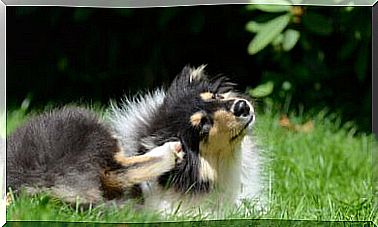Everything You Need To Know About The Yorkshire Terrier

Surely you have seen a lot of Yorkshire Terriers on the streets of your town. These are small long-haired companion dogs, and it is not uncommon to see them with a tuft on their head tied by a bow and dressed up in various dresses. If you are planning to adopt one, here you will find everything you need to know about the Yorkshire Terrier.
Where does the Yorkshire Terrier come from?
The Yorkshire Terrier was born from the cross between the different types of terrier of the British Isles. Its ancestors were mostly used for hunting mice, and this was the main focus of Yorkshire training at first. The first owners of this dog were workers in the textile and wool industry who, by stroking the dog with lanolin-stained hands, caused the accelerated growth of its coat, improving its shine and silkiness.
For these reasons the value of the Yorkshire Terrier began to grow and in 1880 it appeared for the first time in a dog show. From that moment on he was domesticated as a companion dog and to participate in beauty contests.
What is his appearance?
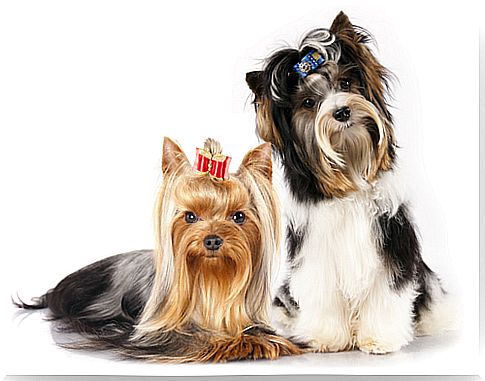
The Yorkshire Terrier is a small dog, about 30 cm in height and with a weight ranging from 3 to 5 kg. It has a nice little head, with a flat skull and a protruding and accentuated muzzle. It has small, straight ears, not far from each other and in a V-shape. Its teeth are regular and powerful and the tail would be of medium length, but it is usually clipped at an early age.
The coat of this breed is long, bright and thick, and has a gray and reddish hue, with golden tufts on the ears. Its average life span is approximately 10 years, although it can sometimes live longer.
What is his character?
It is a naughty and naughty breed of dog, it quickly becomes attached to its owners. He is very sociable and affectionate, and does not take long to make new friends. It gets along very well with children, other dogs, cats and other animals in general, making it ideal as a companion dog.
Nonetheless, it is important to teach children that even if they find themselves in front of a dog that can be easily hugged, it should not be tightened too much, as it is a small and delicate living being. This type of dog needs little space to live, so it can easily stay in a small apartment even if, like all dogs, it requires physical activity.
For this reason it must be taken every day for walks and to play; he is extremely playful in character, and he will certainly not back down at any game. He also has an excellent learning ability and it will not be difficult to educate him and teach him to make moves. Although he has no problems living in an apartment, he does not like to spend too much time alone, so he is not suitable for those people who spend all day away from home. In any case, with a little attention you can ensure that you never get bored.
Despite his small size, he is a protective dog towards his belongings. He has great insight and is able to immediately capture the mood of the people around him, so he will easily adapt to the sad or worried mood of his masters.
How is his health and what attention does he need?
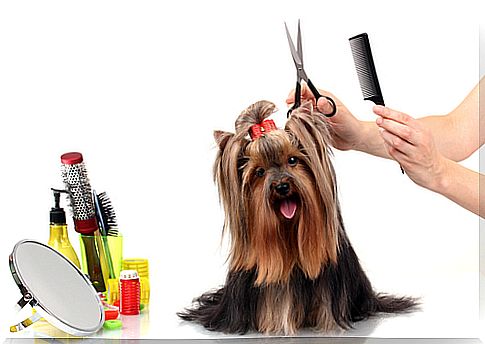
In general, this dog enjoys good health, although it tends to suffer from hereditary eye problems, such as cataracts, progressive retinal atrophy, keratoconjunctivitis sicca or ulcerative keratitis. He is also prone to contracting orthopedic problems such as Legg-Calve-Perthes disease and dislocation of the limbs. In recent years, Von Willebrand’s disease, a congenital disease involving defects in blood coagulation, has been found more frequently in this breed .
As for the treatments to which to submit it, there will certainly be a bath a month (at least), brush it every week and comb it daily. In addition to this it does not need special attention, so it is suitable for those families with children.
